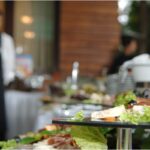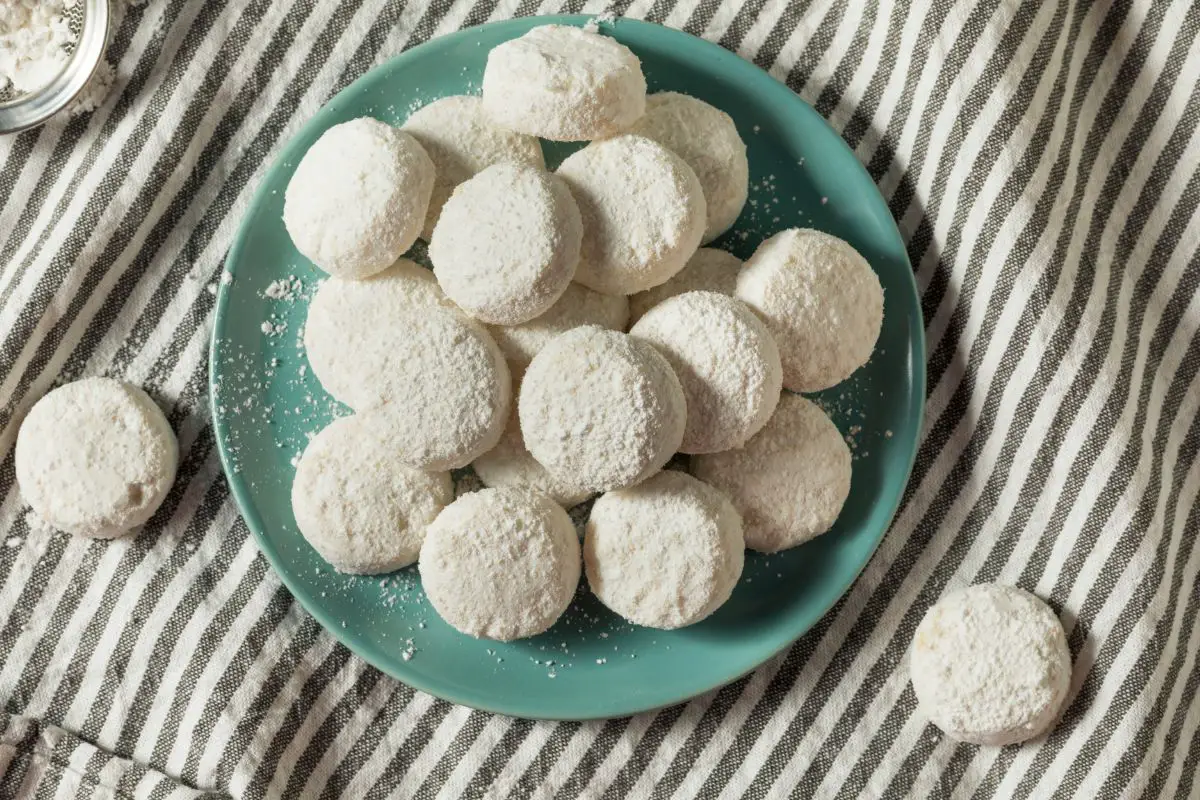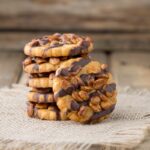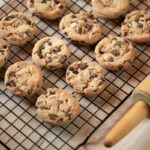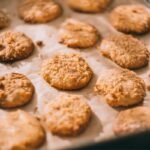When baking a cake, a sheet of cookies, or any kind of baked treat, you will need to grease your cookware beforehand.
If you don’t, you will likely find yourself using a spatula to attempt to scrape some burned desserts off your pan after baking.
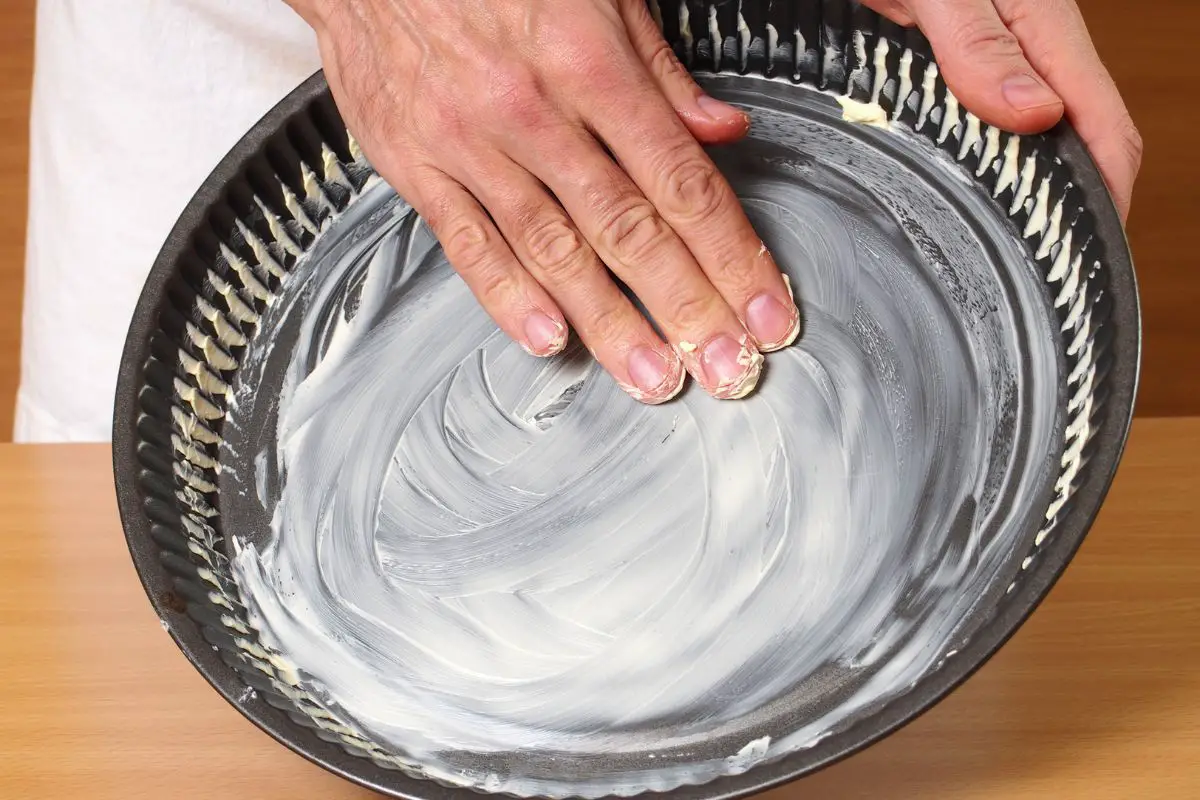
Do you know how to successfully grease a pan? If not, look no further. In this guide, we will teach you all you need to know about greasing a pan prior to baking.
3 Ways To Grease A Pan
There are three methods that you can use to grease a pan prior to baking, and each one should be used based on the specific recipe that you will be using.
Here are 3 ways to grease a pan.
1. Using Room Temperature Oil Or Butter
The most common way to grease a pan is to rub oil or butter around the piece of cookware until it has been completely covered.
This is usually the method that will require the most time and dedication, as you will need to make sure that your cookware has been completely greased up, from the bottom of the pan to all around the sides.
You shouldn’t need to use too much oil, butter, etc., to grease up a pan; a small amount will suffice, providing that the product is cooled to room temperature.
Wash your hands, and rub the grease all around the pan to make sure all areas have been covered.
You could, alternatively, use a pastry brush to apply the grease. The easiest way, in our opinion, is to use a bottle of oil spray, as you can simply spritz it all over the pan.
2. Using Flour
As it turns out, not all methods for greasing a pan will require the use of grease.
The reason that you are ‘greasing’ a pan is to make sure that whatever you are baking won’t stick to the pan once it is done baking, and you can achieve this using other products and methods.
When baking something that uses leavening agents, e.g., a sponge cake, it may actually be easier to sprinkle some flour or cocoa powder into the pan.
The powder will prevent the cake from sticking to the pan as it bakes, making it a lot easier to simply prize the cake from the pan once it has finished baking.
All you need to do is sprinkle a little powder into the pan, making sure that the bottom has been completely covered.
Then, pick up the pan and move it around to shift the flour around, letting it stick to the sides of the pan.
Pour the remaining flour back into the bag once you’re done. You won’t want to leave the excess powder in the pan, as this will be a waste.
3. Using Parchment Paper
Finally, you may want to think about using parchment paper and some grease for the best results. You can use parchment paper on its own, but using both together will make your life so much easier.
You’ll need to cut the parchment paper so that it fits perfectly inside your pan, and then apply it to fit the shape.
Then, apply the oil, butter, flour, cocoa powder, etc., to the parchment paper, and continue with your baking.
Parchment paper applies double insurance when baking. No matter how well you have greased your cookware, your baked goods should lift easily if you have used parchment paper.
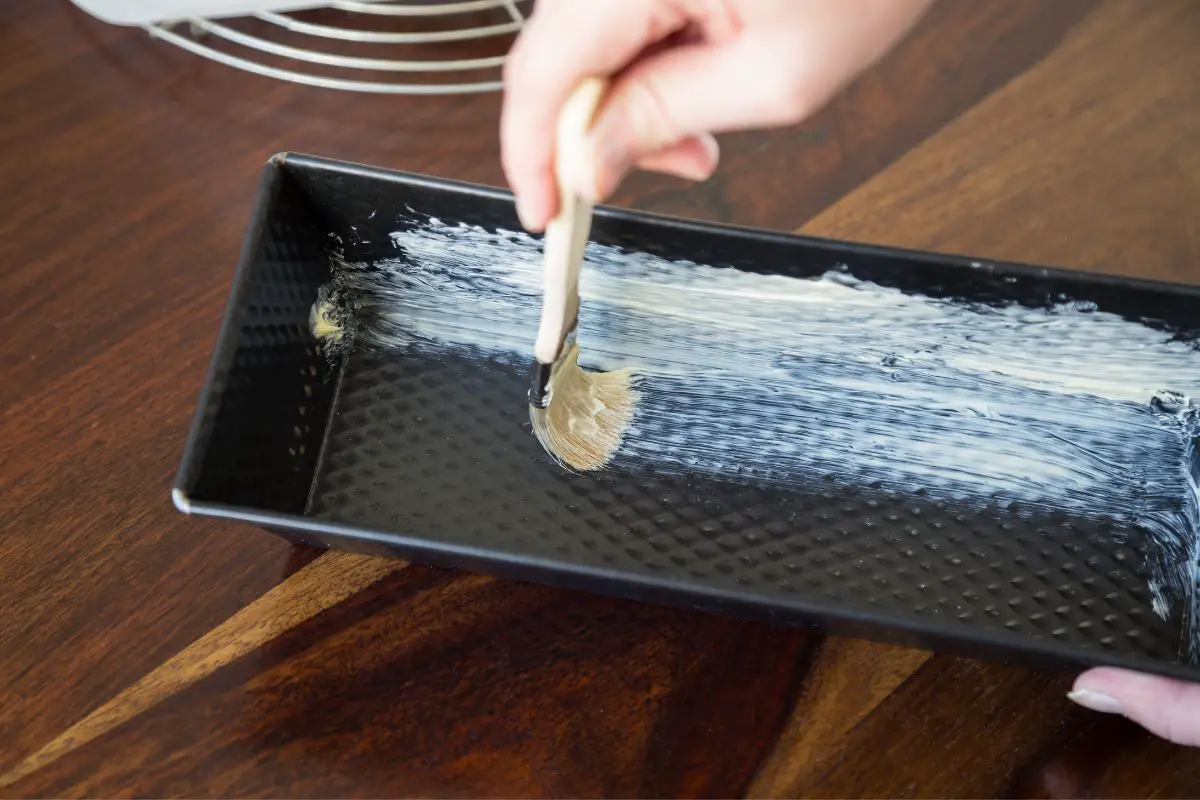
Tips For Greasing A Pan
Now that you know the 3 ways to grease a pan, you may want to take a look at our 3 helpful tips that will make your baking experience even easier.
Use The Right Kind Of Grease
Using the right kind of grease is essential, so you’ll want to do some research into what kind of food products you should use for a specific kind of dish.
Certain kinds of grease will add a subtle amount of flavor to the baked goods, including coconut oil, bacon fat, and salted butter.
If you are baking a chocolate cake for your family, you will want to avoid it tasting like a bacon sandwich.
Other kinds of grease include olive oil, vegetable oil, cooking spray, and shortening.
While each of these ingredients will work well at keeping your pan greased, you may want to think carefully about which one you are going to use for a specific recipe.
Use The Right Kind Of Cookware
While using the right kind of grease is important, it is just as essential to make sure that you are using the right kind of cookware.
When baking a cake, you may be better off using a springform pan; these will allow you to easily remove the dessert from the pan after baking.
You’ll still want to use grease when using these pans, though, to prevent them from sticking to the sides.
Removing a thin layer of dessert from a cookie sheet or a baking tray will be far easier than if you were to use a Bundt pan, but it will also, obviously, affect the form of your baked goods.
It is also worth noting that, even if you use a non-stick pan, you should still grease it up for double insurance.
Apply The Grease To The Cookware Evenly
When applying grease to your cookware, it is so important to remember to apply it evenly. This means applying it to both the sides and the bottom, but not leaving any clumps of butter behind.
You want the grease to be smooth, and barely visible. If you leave behind large chunks of butter or shortening, or the oil falls more to one side than the other, the texture of your food will become uneven.
For example, this may result in one half of the bottom of your cake being mushy and soft, while the other half become hard and crispy.
Final Thoughts
Any baker should have the following three items and ingredients in their kitchen:
- Oil/butter
- Parchment paper
- Flour
As long as you have at least one of these three items and/or ingredients, you will be able to grease up your cookware ready to prepare a delicious batch of baked desserts.
Happy baking!
- How To Make Honey Butter - July 4, 2023
- How To Make Meringue - July 3, 2023
- What Is Shortening? - July 3, 2023


